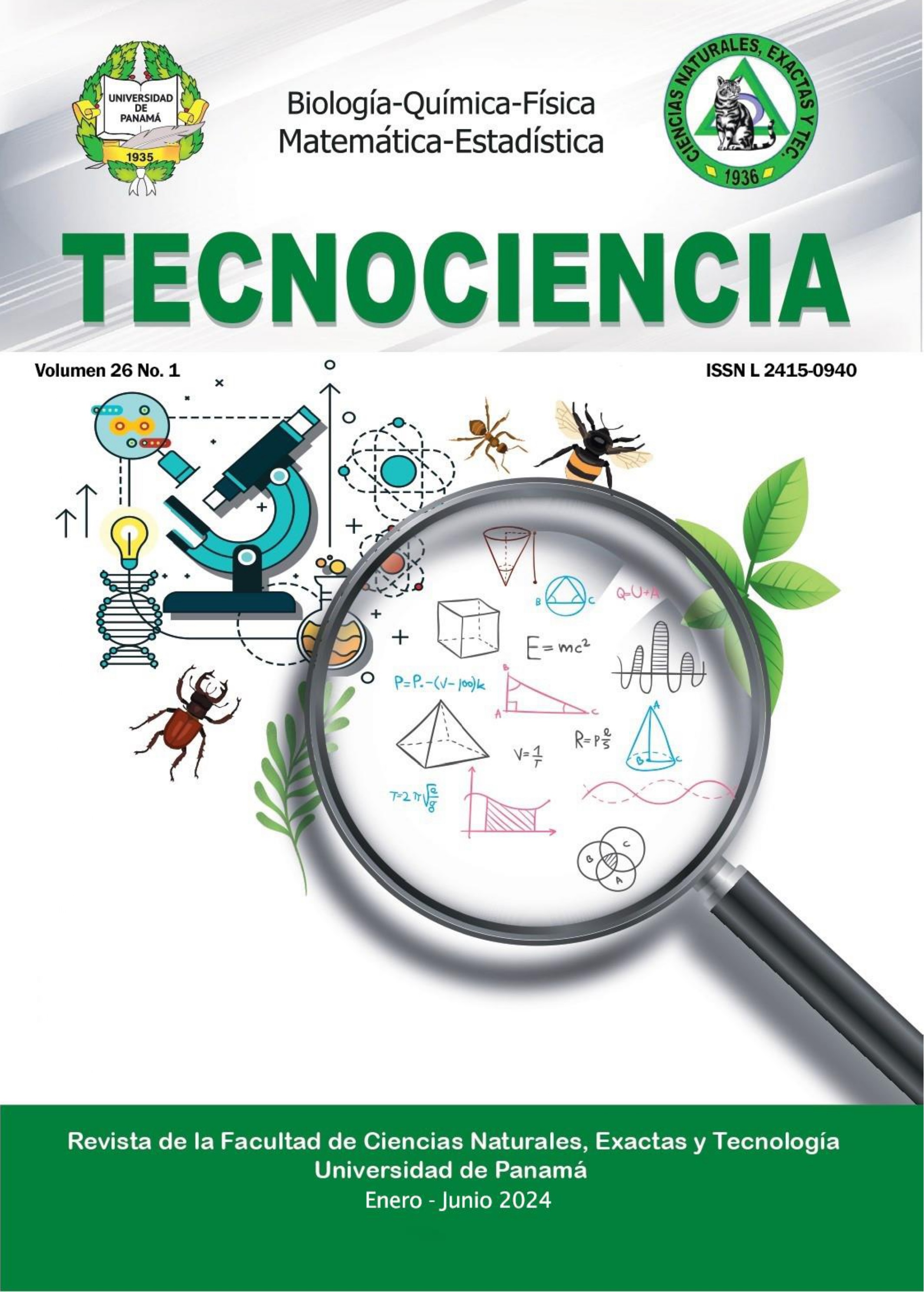
Artículos
Vol. 26 Núm. 1 (2024): Tecnociencia

Derechos de autor 2024 Tecnociencia

Esta obra está bajo una licencia internacional Creative Commons Atribución-NoComercial-CompartirIgual 4.0.
Prorocentrum lima ha presentado frecuentes estudios en el área acuícola, dentro del control de seguridad de moluscos bivalvos. Este dinoflagelado no ha sido cultivado a gran escala en un marco autotrófico con medios de cultivo inorgánicos. El presente estudio busca comprender su carácter epífito-bentónico y sus interacciones con algunas macroalgas para desarrollar nuevas tecnologías y cultivarlo a gran escala. La cepa de P. lima se aisló de Codium fragile, y en cultivo con medio inorgánico se obtuvo su máxima densidad celular (20 317 células mL-1) el día 24, con una tasa de crecimiento promedio de 0.0815 ± 0.2027 div día-1. En una simulación de cultivo de mesocosmos en condiciones ambientales naturales y
controladas, P. lima epifitó a las macroalgas Agarophyton chilensis, Ulva spp. y C. fragile, además de todas las estructuras inertes presentes en los estanques de cultivo. Sin embargo, presentó la mayor densidad (80 053 células g-1 FW) sobre A. chilensis, en condiciones controladas a los 13 días de cultivo. Las macroalgas estarían aportando nutrientes orgánicos específicos que estimularían el crecimiento de P. lima.
Este obra está bajo una licencia de Creative Commons Reconocimiento-NoComercial-CompartirIgual 4.0 Internacional.
